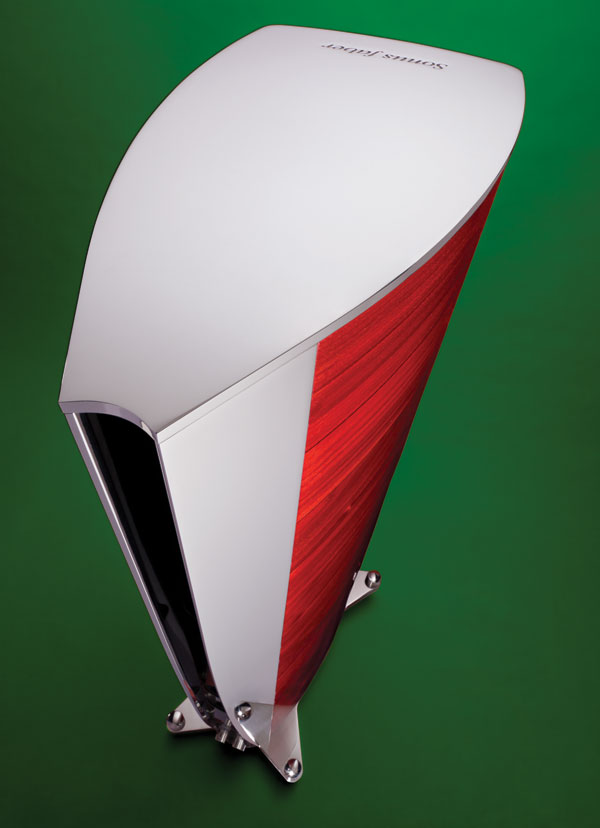| Columns Retired Columns & Blogs |
Nice review JA, I definitely agree with you on all points.
As someone who has been auditioning speakers for purchase the past few months, I wanted to share my results. I found the new Legacy AERIS speakers (about half the cost of the Amati Futura) outperformed the Amati Futura during my auditions- especially in several areas you mentioned.
First, the low frequencies- like you, found the Sonus Faber a little fluffy and lacking in low frequency dynamic impact. This was definitely an area where the Legacy excelled- incredibly deep, subterranean low end extension that is very tight and dynamic. I enjoyed the midrange clarity on both the sonus Faber and the Legacy, but I’d give the edge to Aeris- they were both magnificently detailed, though!
Dynamics wise, the Legacy took whatever I threw at it (hello life like transients!). The Sonus Faber couldn’t quite keep up with the Aeris, especially with the dynamic swings found in classical pieces.
Finally, the high frequencies- this is where the Legacy absolutely trounced the Sonus Faber. The newer Legacy AMT system is stunning- highs are airy and extend far beyond the Sonus Faber, while remaining clear. I believe this performance advantage is due to the AMT drivers Legacy uses- they are much more dynamic and clear (void of driver resonance) because it squeezes the air more effectively than the dome on the Sonus Faber which is mellower and less clear.
This is not to say that the Sonus Faber is not a good speaker- it is. However, I found the Legacy AERIS outperforms it in all key areas, and it does so at about half the price!








































